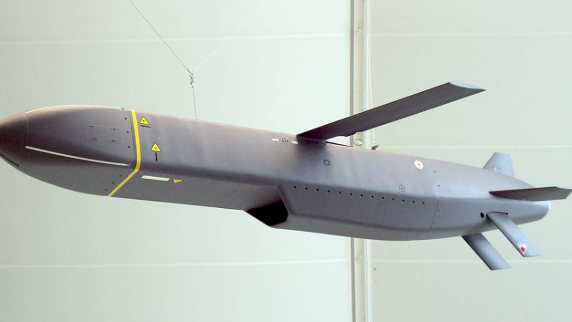

New Delhi: In the aftermath of India’s Operation Sindoor, a retaliatory precision strike campaign against cross-border terrorist infrastructure, a critical vulnerability in Pakistan’s military architecture has come under sharp scrutiny — its heavy dependence on Chinese-supplied weaponry and air defense systems.
On the surface, China has been Pakistan’s most trusted defense supplier, contributing over 80% of Pakistan’s arms imports in the last decade. However, as the recent conflict escalated, India’s advanced aerial warfare capabilities exposed the severe operational limitations of Chinese technology, much of which appears to be downgraded in comparison to what Beijing uses for its own armed forces.
During Operation Sindoor, Indian Air Force (IAF) assets, including SCALP stealth cruise missiles and HAMMER precision glide bombs, struck strategic Pakistani sites with pinpoint accuracy. Despite being marketed as equivalents to American systems, China’s HQ-9B and HQ-16 air defense systems deployed by Pakistan failed to detect or intercept the incoming munitions.
Military analysts suggest this failure stems from the inherent limitations in detection range, poor low-altitude tracking capability, and high susceptibility to electronic jamming — particularly against terrain-hugging or stealth-enabled platforms.
“These systems look good on paper,” said a senior Indian Air Force source, “but they lack real-world adaptability against fifth-gen tactics. We targeted known radar nodes using SEAD techniques, and once a few went down, the whole network collapsed.”
India’s Suppression of Enemy Air Defense (SEAD) strategy proved devastatingly effective. With minimal effort, Indian forces crippled Pakistan’s radar systems, which lacked redundancy and layered coordination. One such target was a Pakistani LY-80 radar system in Gujranwala, destroyed by a Harop loitering munition — a clear indication of how outdated and vulnerable these installations are.
Even Pakistani fighter jets, mostly consisting of JF-17s co-developed with China, struggled to respond effectively. Their pre-programmed flight paths and lack of adaptive targeting made them predictable and easy to counter.
A deeper issue lies in the quality of hardware China exports. Sources confirm that Pakistan receives downgraded variants of Chinese defense systems. For instance:
The HQ-9P, Pakistan’s version of the HQ-9B, has a range of just 125 km, compared to 250–300 km of the Chinese domestic variant.
PL-15E air-to-air missiles used on JF-17s have a reduced range of 145 km, compared to China’s PL-15 which exceeds 200–300 km.
The JF-17’s KLJ-7A AESA radar is smaller and less powerful than Rafale’s RBE2-AA radar, giving India a distinct advantage in long-range detection and engagement.
In comparison, India’s Rafale jets equipped with Meteor missiles (range 200+ km) could strike without entering the Pakistani engagement envelope.
The use of Chinese-supplied drones like Wing Loong II and CH-4 also fell short. India’s Akash SAMs and SMASH-2000 counter-drone systems intercepted them with ease, citing poor stealth capabilities, lack of evasive maneuvers, and fragile flight profiles.
Insiders report that defective drones crashed mid-mission during the escalation and that Pakistan lacked the trained technicians to restore operability quickly — a reflection of budgetary strain. With Pakistan’s defense budget at $10.2 billion compared to India’s $86 billion, even basic maintenance cycles suffered.
“Many of their drones were down due to technical issues, not enemy fire,” said one defense analyst. “It’s not just about buying the hardware — it's about sustaining it with trained people, spare parts, and battlefield integration. They don’t have that.”
Another glaring issue is pilot readiness. Pakistani pilots, trained largely on simulators due to budget restrictions and limited fleet availability, found themselves underprepared for real-world combat. In contrast, Indian Rafale squadrons were trained in France, conducting live combat simulations and multi-environment drills.
Moreover, integration issues within Pakistan’s military-tech ecosystem added to the chaos. Different Chinese platforms reportedly struggled to sync with each other, causing command delays and poor response coordination.
India’s diversified defense procurement strategy, combining Western, Russian, and indigenous technology, gave it not just superior firepower but also tactical flexibility. In contrast, Pakistan’s monoculture of Chinese dependency proved to be a liability when facing modern warfare.
Operation Sindoor’s success lay not just in firepower but in strategy, planning, and technological advantage. And as Pakistan reels from the damage, the limitations of its Chinese military hardware are now laid bare — on both the battlefield and the world stage.